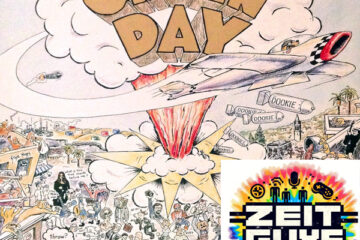Description of a Slave Ship by Grace Novascone
In the early 1600s, the demand for unpaid labor to work plantations made the idea of slavery profitable and economically attractive. As a result, plantation owners began pursuing slavery as an economic solution to their problems. Ultimately over 12 million African men, women, and children were taken from their homeland and sent to work on sugar, coffee, and cotton plantations. In 1789, James Phillip created the above image to illustrate the dehumanizing conditions in which African Slaves were transported across the Atlantic.
The conditions on this ship were gruesome and horrible. Men were forced below deck and were secured by leg irons, while women and children were held in separate quarters. As illustrated in the image above, slaves were “packed” as efficiently as possible. Slaves were stacked on top of one another. The air circulation on this ship was minimal and the stench was terrible. Seasickness was common, as well as disease, due to lack of sanitation. Because of these horrid conditions, many slaves died on the journey and their corpses thrown overboard.
The slaves were treated this way because the owners of these slave ships wanted to reduce costs as much as possible and to make as much profit as possible. In the picture above, there were 609 enslaved men, women, and children on the ship. As seen in this image, they would chain, cram, and even stack slaves up on top of each other. These inhumane voyages lasted around eighty days each for centuries and became known as the Middle Passage.
Commissioned by Thomas Clark from the abolitionist publicist James Phillip in 1789, the Description of a Slave Ship is a symbol of the anti-slavery movement in England and the United States. Between the months of March through July of 1789, more than 10,000 copies of the image were disseminated in order to support the abolitionist movement. Phillip’s depiction of slave conditions served as on of the first criticisms of the treatment of black people, paving the way for subsequent movements for racial equality in the future.


